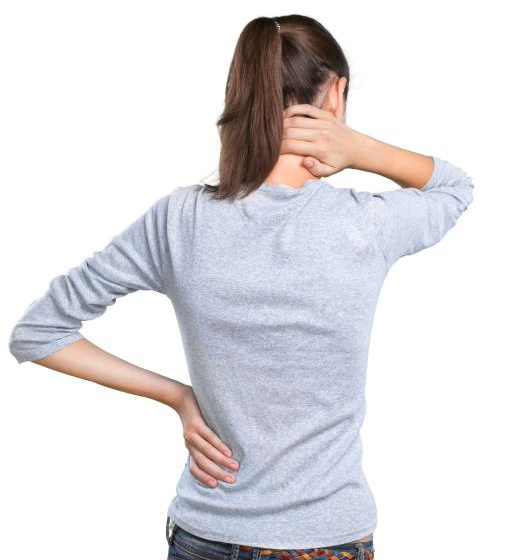Did you know that in Australia, 1 in 5 people have persistent pain?
Chronic Pain, preferably referred to as Persistent Pain, is the experience of pain for longer than 3 months.
The experience and the management is complex. Complex because sometimes the cause isn’t uniquely obvious, for example, Fibromyalgia.
Usually, whatever the proposed cause, there are many factors that are contributing to the pain experience, physical, psychological and even socially. Because it is an invisible condition, sufferers’ don’t always receive the empathy, understanding and empowerment support that they need and crave, which can lead to a vicious cycle exaggerating the pain.
The majority of claimants we see have a pain management component.
Sometimes there is an official diagnosis of chronic pain, but most of the time it is a side effect of the condition.
The obvious one is post musculoskeletal injury, but chronic pain is also common in cancer and associated with fatigue.
People experiencing consistent pain are often scared to move, let alone exercise.
Yes, performed irresponsibly exercise can exacerbate pain, but ironically, movement is more likely the one thing that will make the most difference in pain improvement!
Exercise vs Movement
We already mentioned that some people are scared of movement. Throw in the word “Exercise” and you’ve got no chance.
When we talk about “exercise,” what we really mean is:
Exercise – individually prescribed movement patterns with intention to illicit acute or chronic therapeutic benefits.

Exercise is non-negotiable
Here are just a few reasons why exercise (movement!) is essential for the management of chronic pain…
Movement promotes recovery
Movement of the joints and muscles promotes blood flow and oxygen and nutrients around the body, including to the site of injury (or previous injury). This supports healing. The body was made to move. If you don’t joints really can get stiff and sore, making the pain worse.
Strengthening
The stronger the muscles and joint structures are the more tolerance they have to take load.
The brain can perceive pain signals (‘danger’) if it believes it is under force that it doesn’t have capacity for.
Endorphins
Exercise stimulates endorphins and other neurochemicals.
More commonly known as our “happy chemicals,” they are our natural pain killers!
Bonus: They’re free, and have less side-effects!
Improve confidence
As you get stronger you start to be able to do more. You can return to normal hobbies, things around the house and work tasks.
This increased confidence fights fear away, which is a potent factor in maintaining pain.
Nervous System Tolerance
The communication of pain occurs along the highways of the nervous system.
A low tolerance indicates higher sensitivity to smaller signals, of pain and also fatigue and stress.
Exercise increases the resilience of the nervous system so it’s not so sensitive to whispers.
Distraction
Exercising correctly, and especially enjoyable, can provide your brain new sensations to focus on, so you get a break from the attention-seeking pain.
See the Exercise Specialists
Our advise to pain sufferers or anyone managing cases with chronic pain would be to try to move as much as possible within your tolerance.
Walking is great! Move your body! But remember to relax through the movement and breathe.
However, it can be difficult. It is best to work with the specialists in the movement who find movements that work for you now, and progress them to a better future.
Our Exercise Physiologists, don’t just prescribe individualised exercise, we also provide the basic education around the neurophysiology of pain, including BPS factors and management strategies.
Have a claimant struggling with Chronic Pain? We can help. Get in touch. Email brad@specialisedhelath.com.au or call 0405 321 406

Author: Biara Webster, Exercise Physiologist & Content Manager
Originally posted: 03 August 2020
References
- https://www.essa.org.au/wp-content/uploads/2018/08/Exercise-Mental-Health-eBook_v6.pdf
- Mampuya W. M. (2012). Cardiac rehabilitation past, present and future: an overview. Cardiovascular diagnosis and therapy, 2(1), 38–49. https://doi.org/10.3978/j.issn.2223-3652.2012.01.02
- Rahman et al. (2017), Current evidence and use of physical activity in the treatment of mental illness: a literature review, Dtsch Z Sportsmed; 68:93-100.

 Each month we will pick a question to Q&A.
Each month we will pick a question to Q&A.




